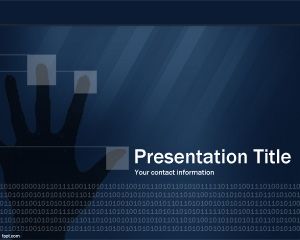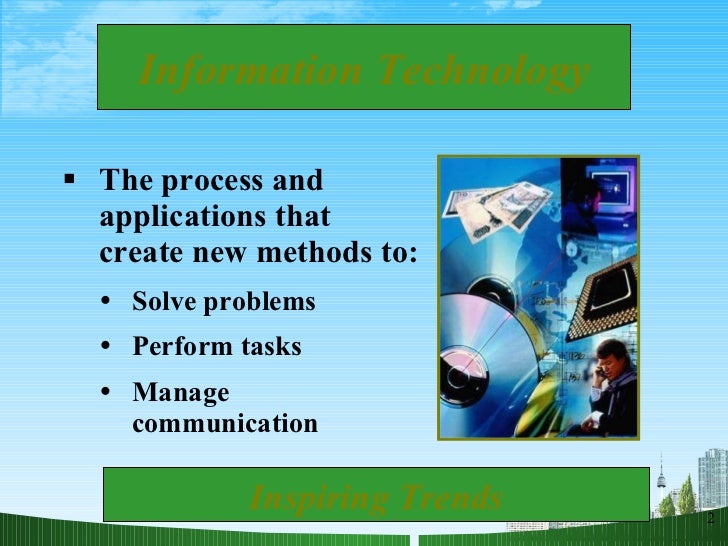Help me with a college imaging systems and technology powerpoint presentation Chicago/Turabian Writing 149 pages
Health technology ppt
Use content-specific tools, software, and simulations (e.G., environmental probes, graphing calculators, exploratory environments, web tools) to support learning and research. (3, 5)
This four-week elective will be offered to third- and fourth-year medical students. The clinical service in Nuclear Medicine is divided into five subsections: outpatient general Nuclear Medicine, in-patient general Nuclear Medicine, PET, Pediatric, and Cardiac Nuclear Medicine. The recommended schedule will be to spend week 1 and 3 on the North Campus, where the emphasis will be on outpatient general and Pediatric Nuclear Medicine with some focused time spent in the PET reading room. Week 2 will be split between the inpatient general Nuclear Medicine and Cardiac services. Week 4 schedule will be determined after a preferences discussion with the student. The primary objective of this rotation is to provide exposure to the full range of clinical nuclear medicine. Under direct supervision of the clinical staff, the student will be able to participate in the planning and interpreting of imaging studies for patients referred to the Division. Opportunity also exists to explore instrumentation techniques, including dedicated computer applications in Nuclear Medicine. In addition to the clinical experience, the student will attend the daily morning conference, held in the Miller Conference Room in 956 West Pavilion, from 8:30-9:30 a.M. From 12-1:00 p.M., the student will be excused to attend the daily department-wide conference. The student is not expected to do any formal presentations but may participate by preparing a case for the Friday follow-up conference. The student will also be excused to attend any conferences within the Department of Radiology, e.G., the 3:00 p.M. Medical student didactic lectures, if desired. Students may keep a log of interesting cases to use as a guide for additional reading, or for discussions with the course director or the other staff attendings. A textbook will be provided. The first and final days of the elective are mandatory. No honors will be awarded if a student is absent for more than five days of the rotation.
Barriers to integration have included inadequate hardware and software, difficulties in securing sufficient funding, inadequate staff development, and deficiencies in planning. It is important to remember, however, that in general the presence of physical hardware in a classroom says little about whether and how it is used in instruction. A "head count" of computers should not be used to answer the indicators below, which are straightforward counts and percentages. Even counting the number of classes set in a computer-intensive "laboratory" setting may be inadequate as a measure of integration, since only technology-specific skills may be taught there. Instead, measurement should be based on observing actual access and usage.
One of the most enjoyable presentations Ive covered was on animal versus human cognition. It dealt with the evolution and activation of different parts of the brain. By inserting anecdotes in with complex didactic information, presenter Dr. Onur Gntrkn, Professor of Biological Psychology at the Ruhr-Universitt Bochum in Germany, made the topic accessible and compelling.
Need to order custom writing help imaging systems and technology powerpoint presentation

8. Apply the theoretical concepts of anatomy, physiology and pathophysiology to the work required in the delivery of MRI services.
Established in 1961 as the nations first systems engineering academic department, UA systems engineering operates on the premise that to work effectively and beneficially, large, complex systems must be designed not only with imagination and technical skill but with rigorous attention to the design process and interactions among system components (machines, people, software, hardware, materials, and energy), other systems and society. Courses in probability and statistics, system theory, decision analysis and simulation prepare students for careers in private industry and with public agencies. UA Systems Engineering >
Demonstrate knowledge of current changes in information technologies and the effect those changes have on the workplace and society. (2)
This four-week introductory radiology elective allows students to rotate through four of the following radiology services; Emergency Radiology, Mammography, Pediatrics, Chest, Abdominal Imaging, Musculoskeletal, Neuroradiology, Interventional Radiology and Nuclear Medicine. The primary course objective is to familiarize students with the scope of diagnostic and interventional radiology including the consulting role radiologists provide to primary care and specialty providers, risks/benefits and cost effectiveness of radiologic examinations, and guidelines for ordering common studies as well as specific disease entities and their radiologic appearance and work-up. Students spend the majority of the day in the radiology reading rooms with residents, fellows, and faculty for interactive teaching based on daily clinical cases. Students will attend morning case-based conferences and noon didactic conferences with the residents. The students will have an observational role in conferences and in the clinical setting. In the afternoon, students will convene with a radiology resident for an interactive workshop on a scheduled topic in radiology. The day prior to each workshop, students will receive a template PowerPoint form of the following day's workshop and are expected to spend the afternoon preparing for the next day's session. Students will be evaluated on their preparedness and participation in the afternoon workshops. On Friday afternoons, students will present an interesting case from the week in PowerPoint format. Two PowerPoint presentations will be submitted at the end of the rotation for grading. An image-based exam will be given in the final week of the elective covering topics presented in the daily student workshops. Reading lists, references and text books will be provided. The first and final days of the elective are mandatory. Grades will be based on daily attendance, workshop participation, end of the rotation exam, and submitted PowerPoint presentations. More than three days absence will require exceptional work for honors. No honors will be awarded if a student is absent for more than five days of the rotation.
Radiology information system pdf

Oral presentations Oral presentations occur in 15 minute blocks. Oral presenters should prepare a concise spoken overview of their project lasting approximately 8-12 mins. You must leave at least 3 minutes for questions from the judges. Students may use a visual presentation, like PowerPoint, but it is not required. We ask that all oral presenters stay in the room during the hour in which they are scheduled so as not to disturb other presenters.
Microsoft Imagine Academy curricula is organized along learning paths that guide students and educators to earning industry-recognized certifications and skills needed for jobs of tomorrow.
The Second Edition includes revised content and updated data throughout as well as a new chapter on
Assigned online activity is required for the threelevels.The student will be expected to commit to rigorousindependent study,assigned readings, collaborative groupwork, online discussions and assignment submissions comprising asignificant component of the educational experience.
Need to order an imaging systems and technology powerpoint presentation A4 (British/European) AMA
John determines that roughly 60 percent of the district's science teachers regularly incorporate the use of technology into their instruction. He then inquires about the 40 percent who are not incorporating technology, and learns that these teachers are not yet familiar with using technology in instruction. Obviously, there is work yet to be done in staff development.
Example list of instruction-related tasks for students: Gathering information from a variety of sources; organizing and storing information; performing measurements and collecting data in investigation or laboratory experiments; manipulating/analyzing/interpreting information or data to discover relationships, generate questions, and/or reach conclusions; communicating/reporting information, conclusions, or results of investigations; creating visual displays of data/information; communicating/interacting with others in the classroom/school/outside of school; planning, refining, and producing audio/visual presentations; planning, drafting, proofreading, revising, publishing written text; creating graphics or visuals; generating original pieces of visual art and/or musical composition; publishing student projects or materials at remote locations on the Internet; performing calculations; and developing a more complete understanding of complex material or abstract concepts.
2018 LSU Discover Day Award Recipients, who were selected by an independent panel of faculty judges.
Assistive technologies: Any item, piece of equipment or product system, whether acquired commercially off the shelf, modified, or customized, that is used to increase, maintain, or improve the functional capabilities of children with disabilities. See also "adaptive technologies."
Internationally recognized for its groundbreaking research, the Institute continues to pioneer new radiological techniques for better patient care.
A four-week elective emphasizing the interactions between cardiothoracic radiologists and the various clinical services, to include thoracic surgery, thoracic oncology, and pulmonary medicine. Learn to read chest radiographs at the viewing console while providing liaison with the clinical teams. This active elective will include the daily chest teaching conference and participation in weekly pulmonary case conference, thoracic surgery, thoracic oncology conferences, as well as the imaging aspects of the clinico-pathological medicine conference. Learn to identify subtle pneumothorax and pneumonia. Learn the limitations of portable chest radiographs. Rotating on cardiac CT and MR service and in the ED service, if interested. The student will be expected to present a single case from what they have seen during the rotation at a 7 a.M. Teaching conference.